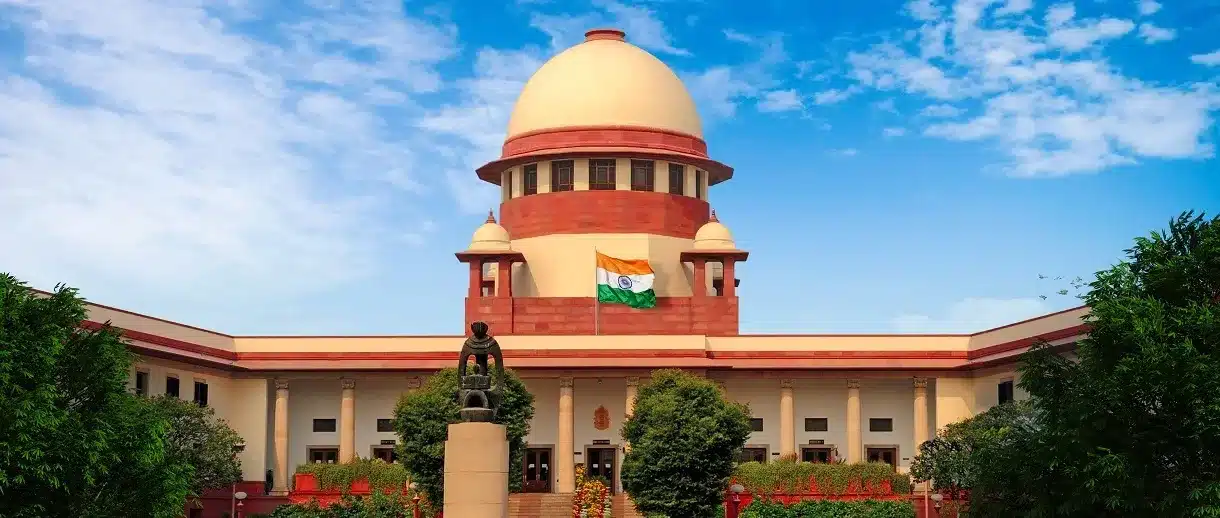About Section 319 of the CrPC
- This Section confers power on the Court to proceed against persons, other than those named as accused in the chargesheet, appearing to be guilty of offence.
- Section 319 CrPC finds its roots in this powerful doctrine, “Judex damnatur cum nocens absolvitor”, which means the judge is condemned when the guilty is acquitted.
- It conveys the significant principle that a wrongdoer must not be spared from the hands of justice.
Essentials of Section 319 CrPC
- Additional Accused Persons: Section 319 empowers the court to summon and try other persons, in addition to those already named as accused in the case, if it appears that they have also committed the offence being tried.
- Evidence During Trial: The court can exercise this power either on its own or based on an application by the prosecution or the defense. This means that if during the trial, the court becomes aware of the involvement of other individuals, it can summon them for trial.
- Sufficient Evidence: The court must have sufficient evidence against the additional accused persons to justify summoning them for trial. The provision doesn’t allow the court to act solely on suspicion; there must be some prima facie evidence connecting them to the offense.
- Opportunity to be Heard: Before summoning any additional accused, the court should provide them with an opportunity to be heard. This ensures that they can present their side of the story and contest the decision to add them as accused.
- Joined in the Same Trial: Once the additional accused are summoned and brought before the court, they will be tried along with the original accused in the same trial.
- Separate Trial if Necessary: In case the court finds that the evidence against the additional accused requires a separate trial, it may direct such a separate trial.
- Protection of Rights: The rights and safeguards available to the original accused, including the right to a fair trial and legal representation, also extend to the additional accused.
- Discretion of the Court: The decision to summon additional accused persons rests on the discretion of the court. The court will consider factors such as the nature of the offense, the evidence available, and the interests of justice before making a decision. However, the Supreme Court held that
- It should be employed sparingly and when the situation clearly calls for it.
- Only when there is clear and convincing evidence against a person in the evidence provided to the court should this power be used, and not arbitrarily or carelessly.
Q1) What is the Code of Criminal Procedure (CrPC)?
Enacted in 1973 (came into force on 1 April 1974), CrPC is the main legislation on procedure for administration of substantive criminal law in India.It provides a procedure for the investigation of crime, the collection of evidence, and the determination of guilt or innocence. The CrPC also covers the arrest and detention of suspects, the conduct of trials, and the sentencing of convicted individuals.
Last updated on November, 2025
→ Check out the latest UPSC Syllabus 2026 here.
→ Join Vajiram & Ravi’s Interview Guidance Programme for expert help to crack your final UPSC stage.
→ UPSC Mains Result 2025 is now out.
→ UPSC Notification 2026 is scheduled to be released on January 14, 2026.
→ UPSC Calendar 2026 is released on 15th May, 2025.
→ The UPSC Vacancy 2025 were released 1129, out of which 979 were for UPSC CSE and remaining 150 are for UPSC IFoS.
→ UPSC Prelims 2026 will be conducted on 24th May, 2026 & UPSC Mains 2026 will be conducted on 21st August 2026.
→ The UPSC Selection Process is of 3 stages-Prelims, Mains and Interview.
→ UPSC Result 2024 is released with latest UPSC Marksheet 2024. Check Now!
→ UPSC Prelims Result 2025 is out now for the CSE held on 25 May 2025.
→ UPSC Toppers List 2024 is released now. Shakti Dubey is UPSC AIR 1 2024 Topper.
→ UPSC Prelims Question Paper 2025 and Unofficial Prelims Answer Key 2025 are available now.
→ UPSC Mains Question Paper 2025 is out for Essay, GS 1, 2, 3 & GS 4.
→ UPSC Mains Indian Language Question Paper 2025 is now out.
→ UPSC Mains Optional Question Paper 2025 is now out.
→ Also check Best IAS Coaching in Delhi

















